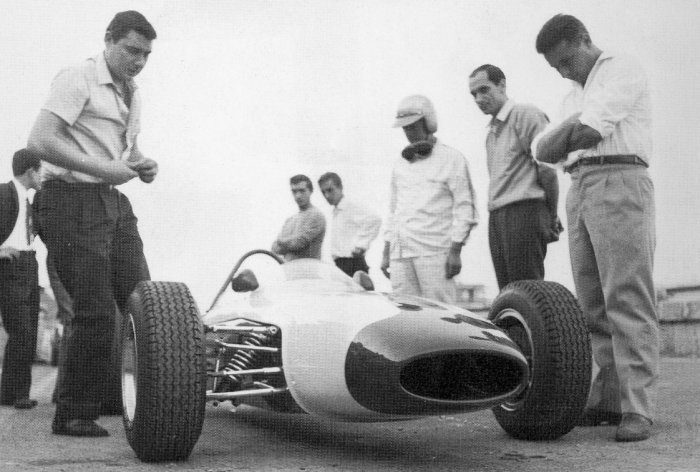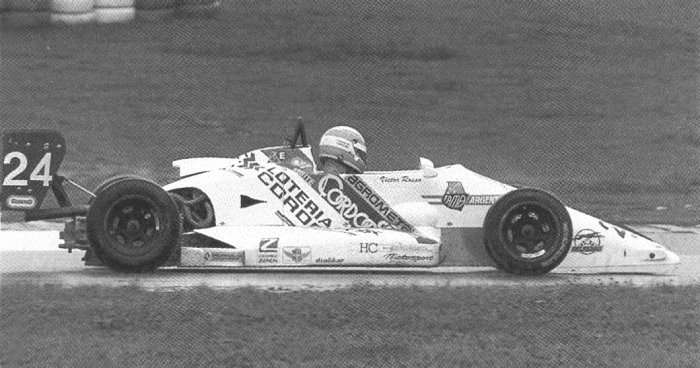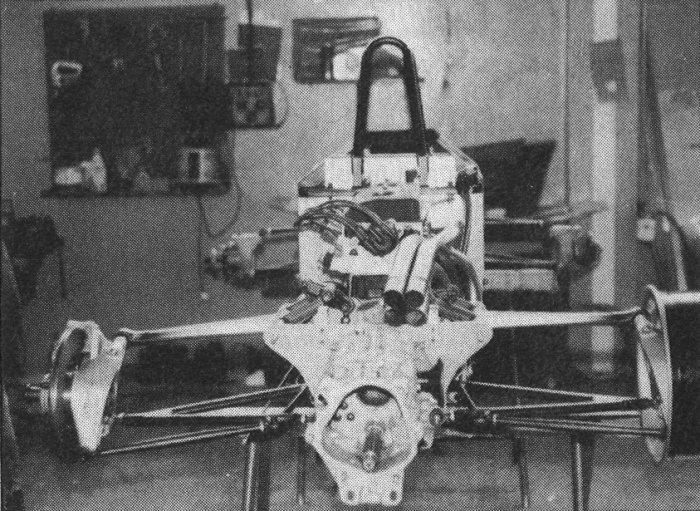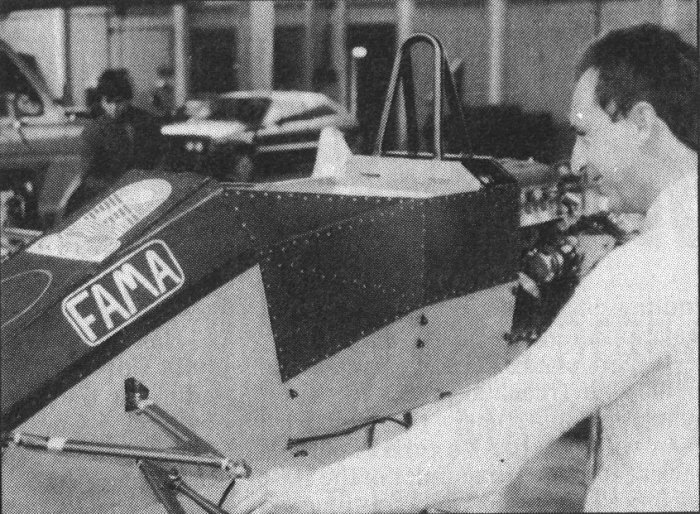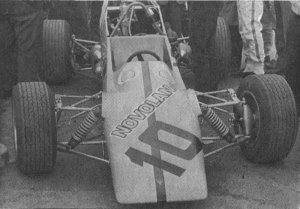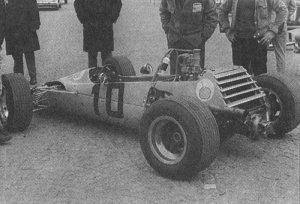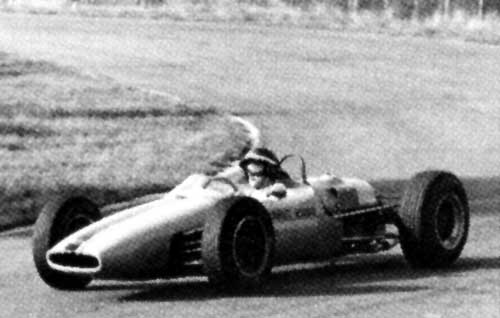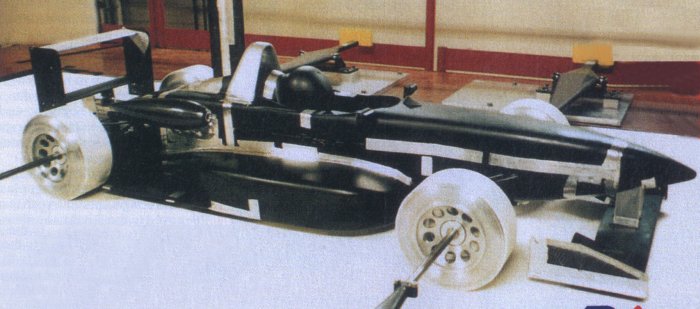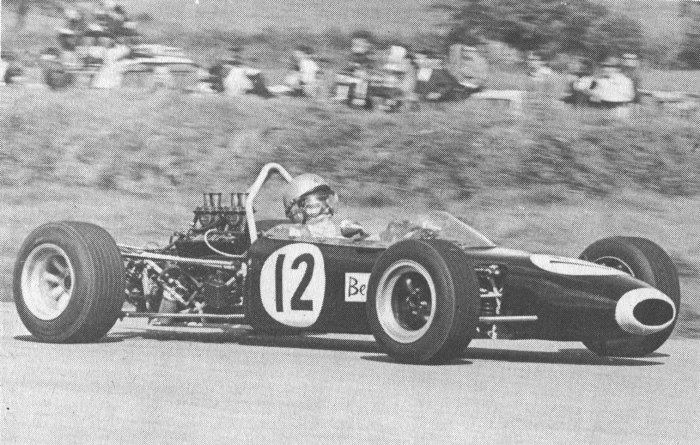Bianchini
Alex Francis began building trials cars in 1953 and in 1959 he set up Alexis with Australian Bill Harris to start producing customer cars including a Formula Junior model. Harris had previously been responsible for the Flather 500cc F3 Special. For several years the team produced a number of increasingly sophisticated F Junior cars, the Mk5 in particular going very well. In fact a Mk5 was sold to DAF to be fitted with their Variomatic transmission and it was raced in F3 in 1964.
When Harris returned to Australia in 1965 Lotus 7 racer Allan Taylor took his place and Alexis became a serious racing car constructor, and Team Alexis ran cars in a number of formulae. Both F2 and F3 cars were constructed during the ’60s and some success was achieved, the highlight being Paul Hawkins winning the 1965 F2 Eifelrennen. The Jim Russell Driving School took 57 of the Alexis Formula Ford cars for its pupils to learn on in 1967-68, however by the start of the 1970s production began to slow down as other marques came to prominence and Alexis faded from the scene.
1966
The first chassis was designed by Augusto and built by Giorgio and was similar to the contemporary De Sanctis and it used a Bianchini-tuned Ford engine with a claimed 113bhp @ 11500 rpm. Unusually it was fitted with aluminium bodywork designed by Filachioni who was also responsible for the De Sanctis F3 bodies. The aluminium bodywork might was probably at least partially responsible for the chassis being overweight.
The Bianchini debuted at Vallelunga in the Gran Premio di Roma on the 29th May driven by successful saloon car driver Franco Chiari but it retired with driveshaft failure although it showed some promise. A second car driven by Francesco Ghezzi appeared a month later running competently at Monza. At the end of the year Chiari took a “class win” (first Italian-built car?) at the Copa del Cimini in September.
1967
In an effort to save weight the Bianchini was modified for 1967 by the fitment of fibreglass bodywork and the suspension was modified to improve the handling. Results were generally disappointing although there was a second place at an Italian F3 round at Vallelunga. It seems as if Bianchini limped on for another two years in F3 without recording any respectable results. A total of 5 F3 cars were built.
Driver
1966 Francesco Ghezzi, Franco Chiari.
1967 Massimo Natili, Romano Orsola.

